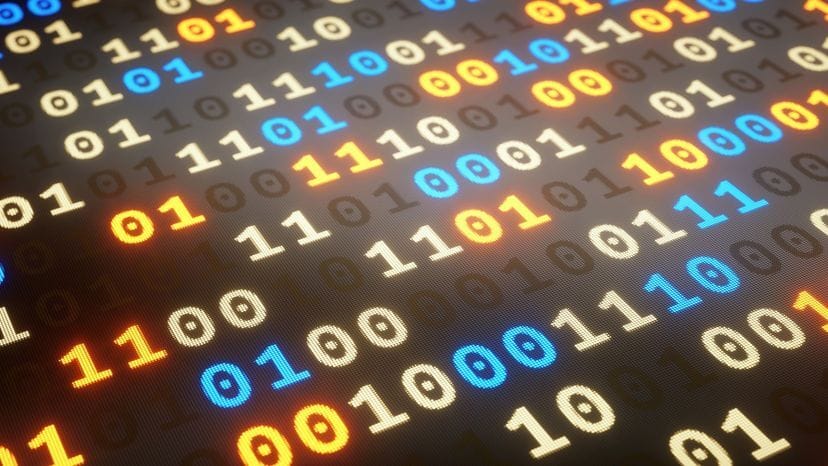- The Bridged
- Posts
- Bits and Bytes
Bits and Bytes
Understanding How Data is Compartmentalised and Labelled

In my last post, I explained binary in the context of the other numbering systems and how binary is used to by computers to calculate and determine values.
In this post I will seek to explain how binary is compartmentalised by breaking down the same value from my last post, 10100011 into its component parts.
The full string of digits 10100011 is called a byte. The individual digits in the string are called bits. Our string is made up of 8 bits
A bit is the smallest unit of digital information. It is the smallest piece of digital information that a computer can process or store. Also in the context of computing, it represents the 1 or 0 state, namely on or off.
When we scale up how bits are quantified, 1 Kilobyte (KB) is equal to 1024 bytes, 1 Megabyte (MB) is equal to 1024 kilobytes or 1,048,576 bytes, 1 Gigabyte (GB) is equal to 1024 megabytes or 1,073,741,824 bytes.
If we split a byte into two 4 digit sections, these are called nibbles. We can represent these 4 digit sections also in hexadecimal numbering and represent the whole byte as hexadecimal.
If we start from the left section and move to the right section we first have 1010 where the first 0 is 1, the 1 to the left is 2, then we have the next 0 which is 4 and the last 1 which is 8. If we add up the 1s (with the 0s being off) we have a total of 10, which is A in hexadecimal.
The digits of the right section, 0011 are also 1, 2, 4 and 8 from right to left and if we add up the 1s again we get 3
Therefore, our whole string 10100011 is written as A3 in Hexadecimal.
We should also note that we may only sometimes need to go through this process of converting from binary to hexadecimal or vice versa as we also have calculators that have Programmer modes, which specialise in moving between different numbering systems and representing the same value in Hex, Decimal and Binary.